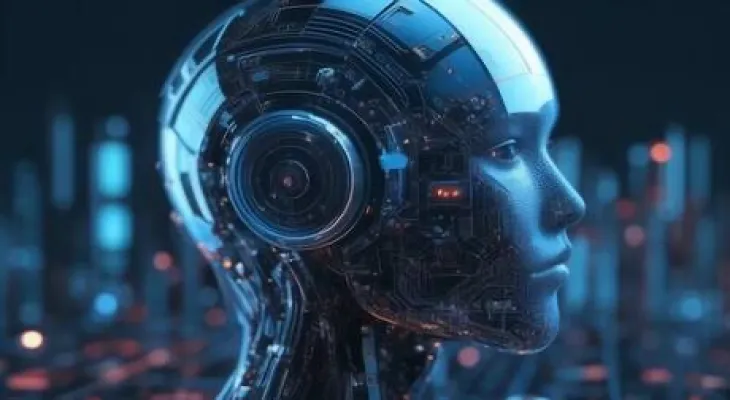Search here
Newspaper
Search here

Arab Canada News
News

Published: February 10, 2025
In a new step that enhances Russia's position in the field of artificial intelligence, researchers from “Sberbank” and the Moscow State University of Nuclear Engineering have developed an advanced model for emotion recognition from vocal tone with unprecedented accuracy, surpassing many global models, including Meta's HuBERT.
1. What is the CA-SER model?
CA-SER is a new model based on self-supervised learning (SSL), a modern approach that enables the model to analyze spoken language and recognize human emotions with high precision by studying:
• Fundamental voice characteristics such as frequency and vibrations
• Vocal tone, including its intensity and pitch level
• The audio spectrum perceptible by humans
Then, this information is integrated using an advanced analytical mechanism, giving the model the ability to understand emotions in a more detailed and realistic manner.
2. How did it outperform competitors?
The model was tested on the IEMOCAP database, which contains multiple audio recordings associated with different emotions such as joy, sadness, anger, and fear.
The Russian model outperformed 9 other AI systems, making it:
• More accurate than most global models
• Comparable in performance to HuBERT, one of the most advanced emotion recognition models developed by Meta
3. Potential wide-ranging applications
CA-SER is expected to contribute to the improvement of various digital technologies and systems, including:
- Voice assistants: such as “Siri” and “Alexa,” making them more capable of interacting based on the emotional state of the user
- Call centers and customer service: to understand the emotions of callers and provide appropriate responses based on their feelings
- Digital psychiatry: the model can analyze emotions in the voices of psychiatric patients, aiding in the diagnosis of emotional disorders
- Analyzing emotions in media and politics: it can be used to analyze vocal tone in political speeches or television interviews to understand intentions and hidden feelings
4. What distinguishes the Russian model?
• Code transparency: available to researchers and developers, allowing them to modify and test it with other languages and datasets
• Reliance on self-supervised learning: it does not require massive datasets for training, making it more efficient and time-saving
• Accuracy in emotion analysis: a higher ability to integrate audio information to provide a clearer picture of the speaker's emotional state
5. Does it pose a threat to privacy?
As AI technologies advance in emotion analysis and voice recognition, concerns about privacy and surveillance are increasing. With the potential for this technology to be integrated into smart devices and surveillance systems, a question arises:
Will it be used only in positive applications, or will it become a new tool in surveillance and espionage systems?
6. Future of the technology: Where to?
If the development of this type of artificial intelligence continues, we may reach a stage where devices can accurately read human emotions almost perfectly. This could lead to:
• Enhanced user experience in digital technology
• Development of therapeutic technologies based on voice
• The emergence of legal and ethical challenges related to the fair use of this technology
Conclusion
The Russian model CA-SER represents a qualitative leap in emotion recognition technologies, possessing accuracy that competes with the strongest global models, with broad application potential in various fields. However, ethical and legislative questions remain a fundamental obstacle to its widespread use without infringing on privacy.
Comments